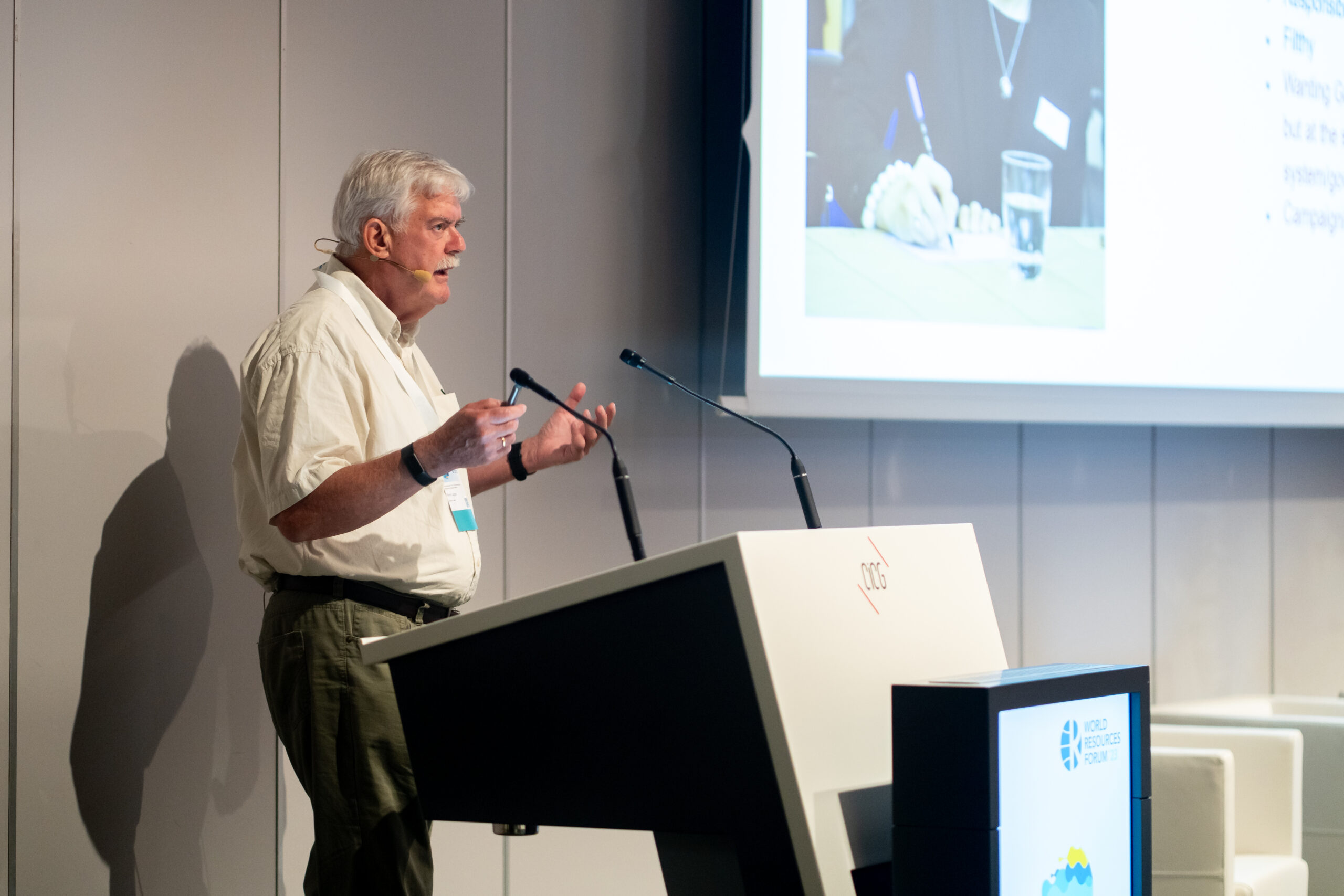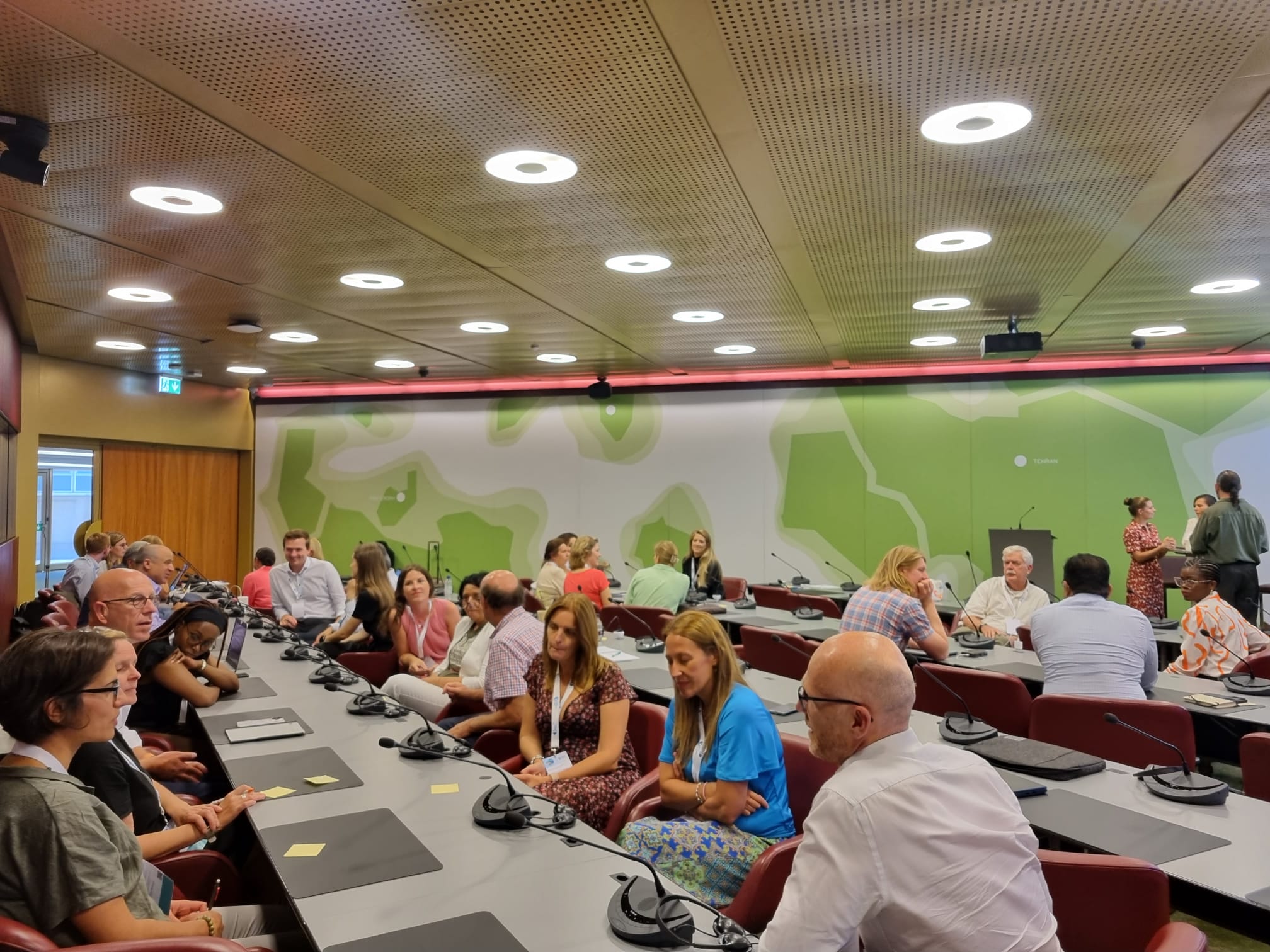Brought to you by Andreas Wieland, Attila Márton, Christiane Lehrer from Copenhagen Business School and Camille Rønn, Daniel Fürstenau from IT University of Copenhagen
The transition to sustainability has increasingly become a focal point in various sectors, including digital devices, where the integration of circularity into product design represents a growing area of interest. This interest stems from the expanding discourse on sustainability, which now embraces the concept of circularity and aims to transform linear supply chains into sustainable supply cycles. This transformation is critical in addressing the environmental impact of digital products, which, despite the growing emphasis on software and data, continue to grow at an alarming rate and contribute significantly to e-waste, resource depletion, and data depletion.
What are Circular Hybrid Products?
The theoretical context of circular hybrid products lies in the intersection of circular economy principles and the modular, layered architecture of digital products. The circular economy challenges traditional linear models by promoting the reuse, repair, refurbishment, and recycling of products to maximise resource efficiency and minimise waste. In contrast, modular layered architecture provides a framework for understanding digital products as composed of distinct but interconnected layers, including the physical device, network connectivity, services, and content. This architecture facilitates the decoupling of physical and digital components, allowing for greater flexibility in product design and lifecycle management.
Circular Hybrid Products in Digital Healthcare
Integrating circular economy principles into the design of hybrid products requires a holistic approach that considers both the physical and digital dimensions of these products.
For example, in the case of a digital health device, the product’s physical components, such as sensors and batteries, must be designed for durability and repairability, while its digital components, including software and data management systems, should be updatable and compatible with circular practices. This dual focus ensures that both the tangible and intangible elements of hybrid products contribute to sustainability goals.
DiCE’s Role in Advancing Circularity
Our (ongoing) research on circular hybrid products highlights the critical role of circular design principles in addressing the environmental challenges associated with digital technologies. By rethinking product architecture and lifecycle management, it is possible to develop innovative solutions that not only meet the functional needs of users, but also contribute to a more sustainable and resilient economy.
These solutions encompass a range of strategies, from designing products for easy disassembly and recycling to implementing product-service integration systems that extend the useful life of digital devices. It will be interesting to see how future developments can bridge the gap between circular economy principles and the specific challenges of digital product design. This includes exploring new models of product ownership and responsibility, innovative approaches to materials and data management, and strategies for engaging stakeholders across the product lifecycle in circular practices.
The Future of Circular Hybrid Products
In conclusion, the concept of circular hybrid products is a promising way to advance sustainability in the digital age. By integrating circular economy principles into the modular, layered architecture of digital products, it is possible to create innovative solutions that reduce environmental impact, increase resource efficiency, and promote a sustainable and regenerative future.
This interdisciplinary endeavour requires collaboration, such as the DiCE project, between researchers, designers, manufacturers, and policymakers to overcome the challenges of circularity and realise the full potential of digital technologies for sustainability.







